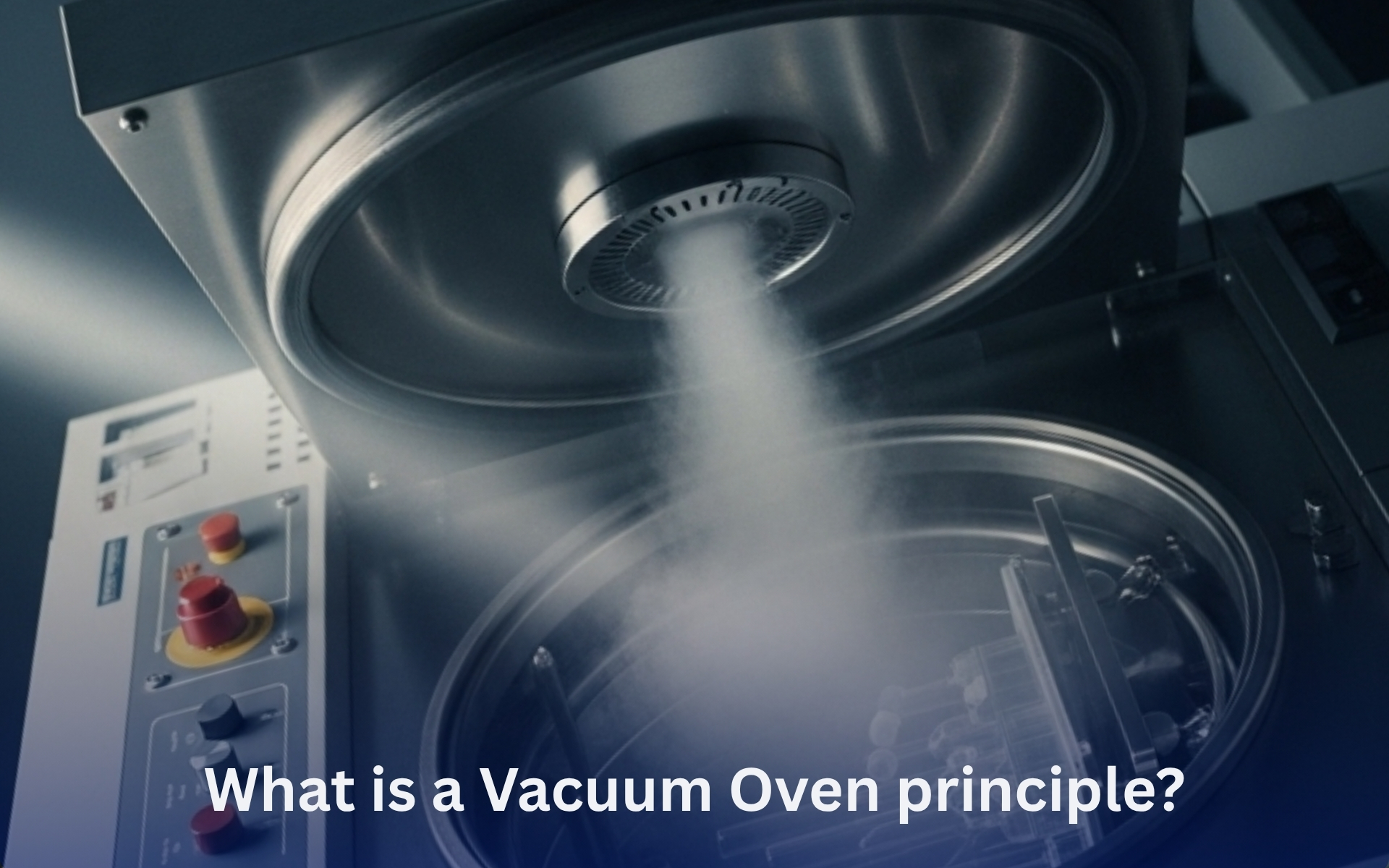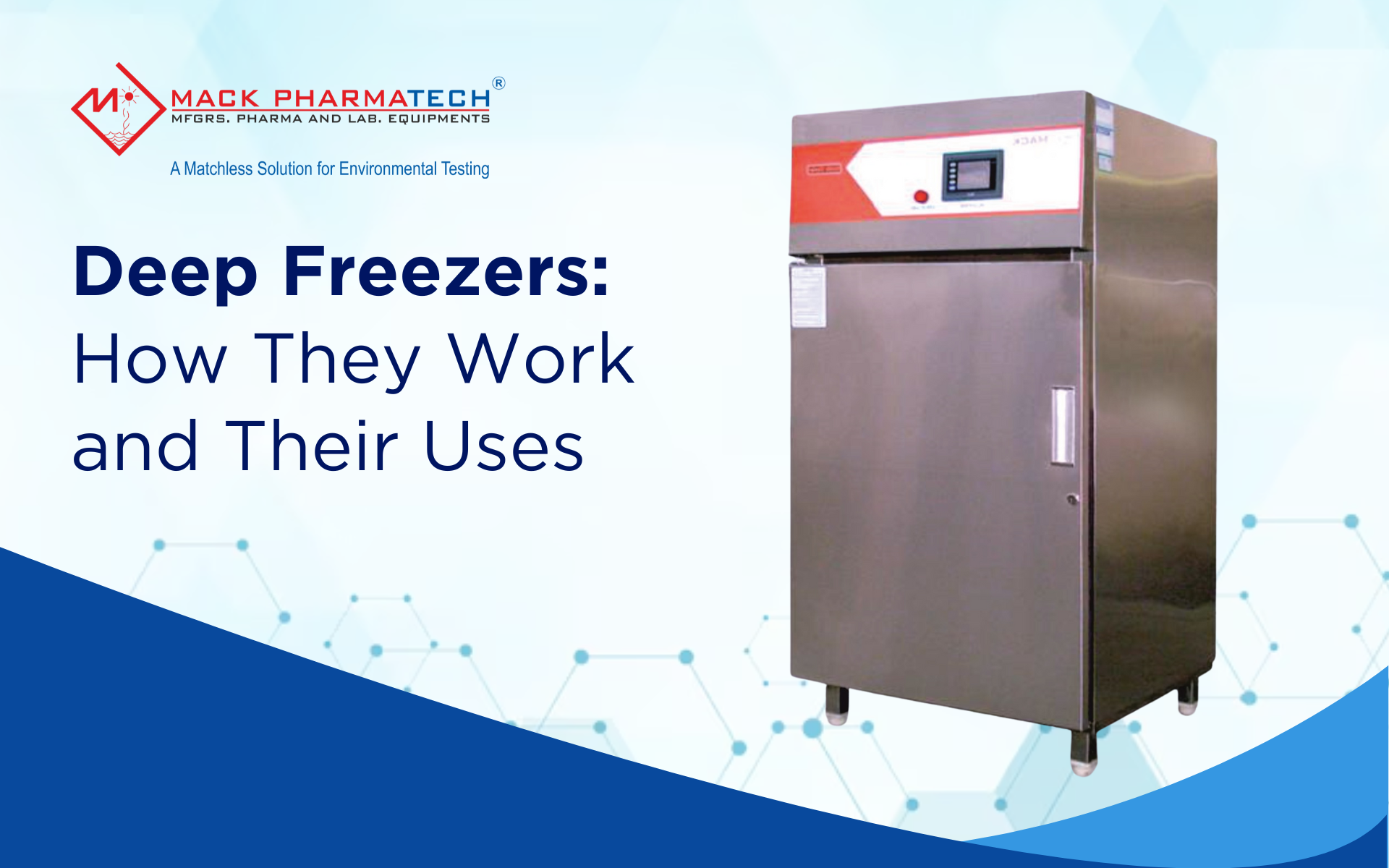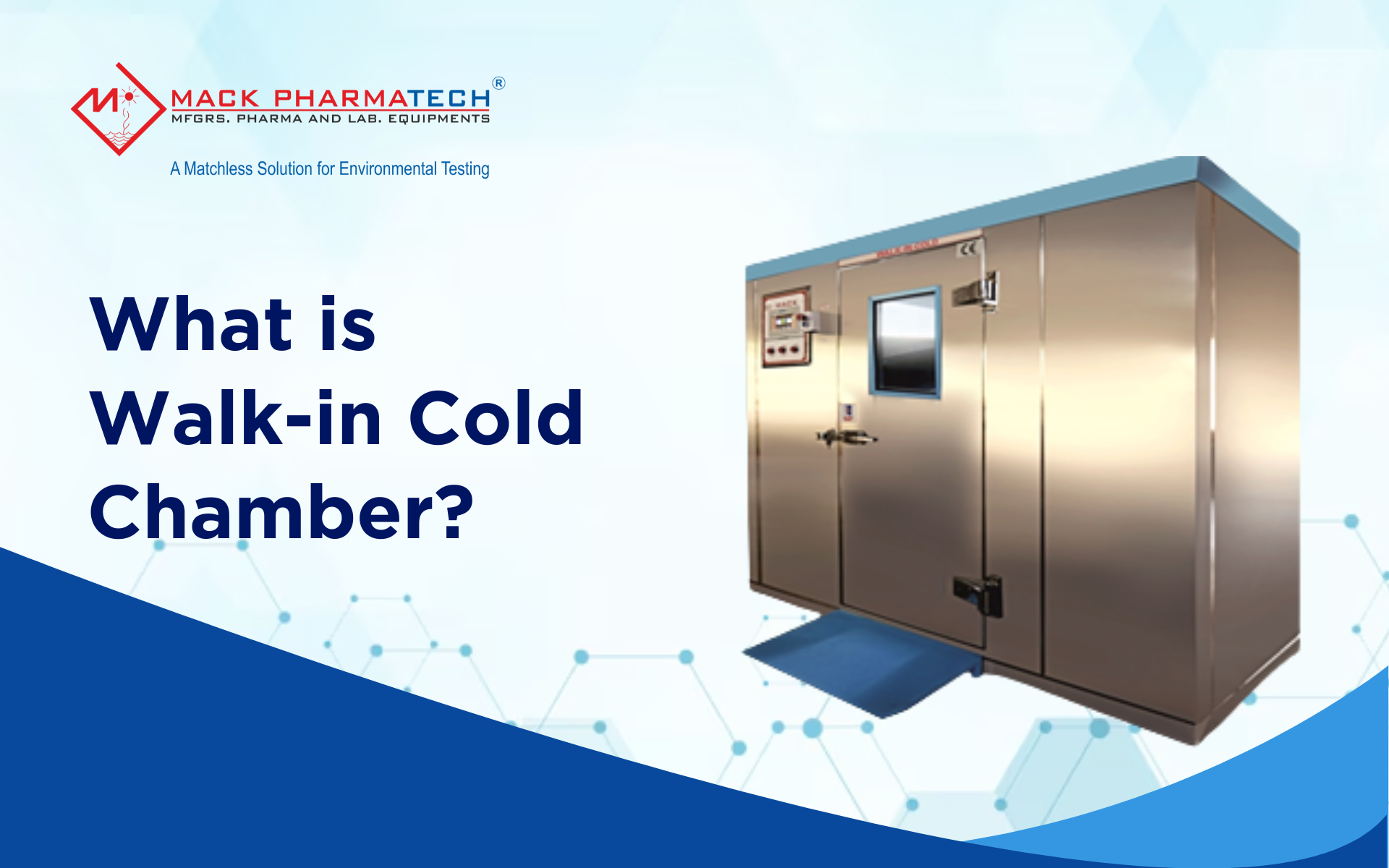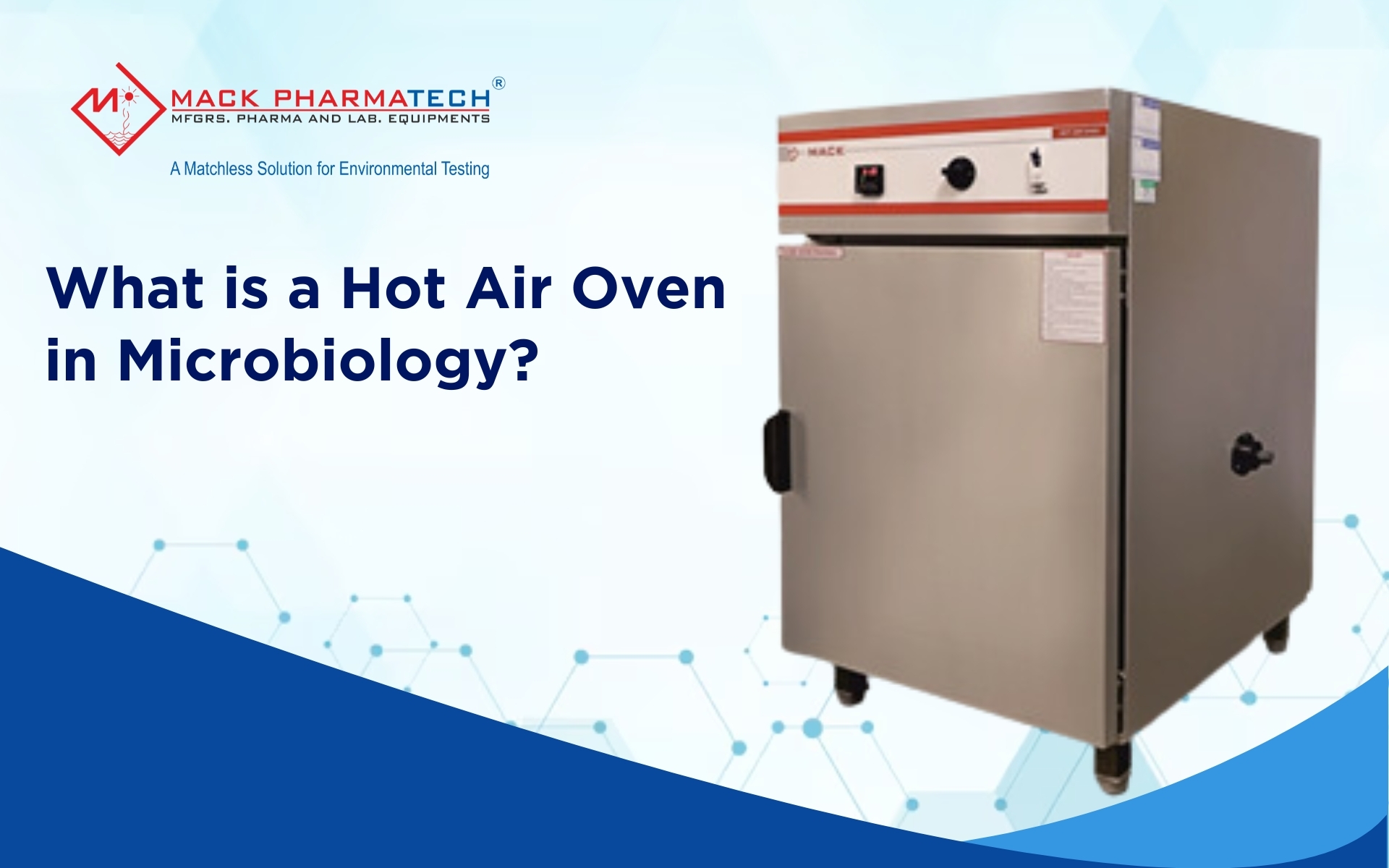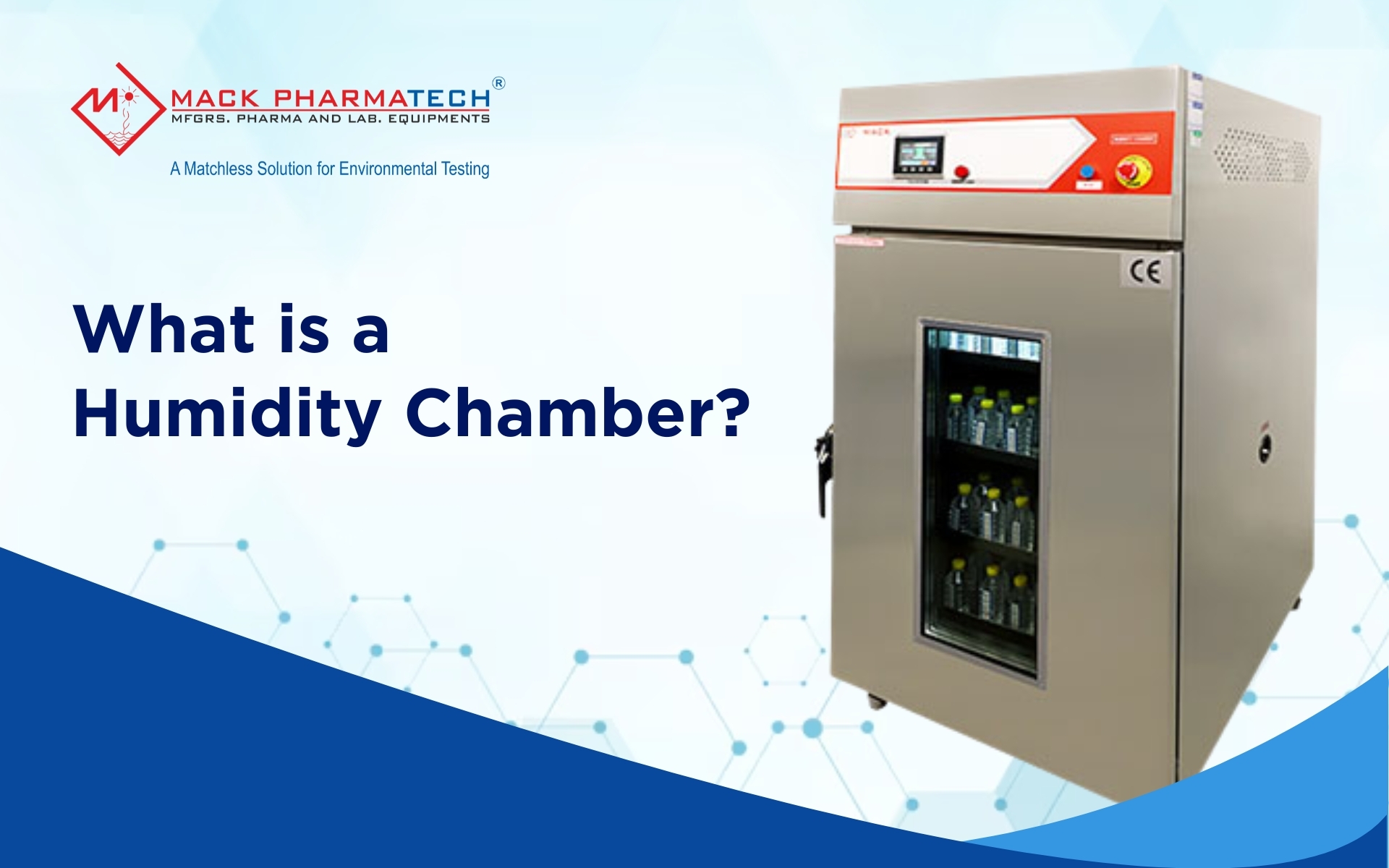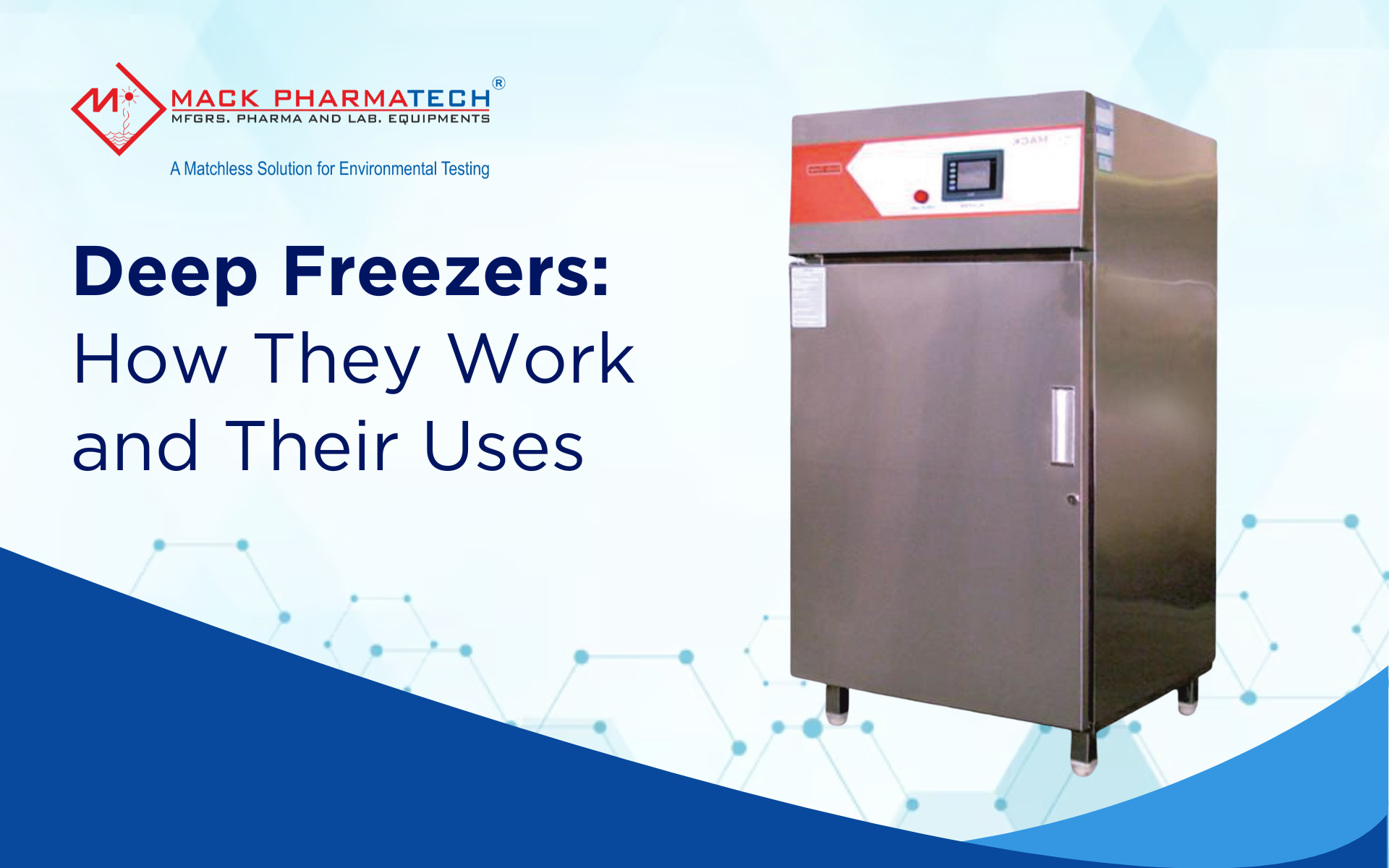Vacuum oven is a laboratory and industrial machine that dries heat‑sensitive materials under low pressure and low temperature. By removing air from the chamber, the oven lowers the boiling point of liquids, so water or solvents leave the product without damaging it. Labs, medical device makers, and medicine manufacturers rely on this gentle process to protect quality, cut drying time, and prevent oxidation.
What Is a Vacuum Oven
What is a vacuum oven? In simple words, it is a sealed, airtight box fitted with heaters and connected to a vacuum pump. When pressure drops, liquids inside samples evaporate at temperatures far below their normal boiling points. This lets operators dry delicate powders, tablets, or instruments that would scorch in a conventional oven.
Working Principle of a Vacuum Oven
The working principle of a vacuum oven rests on two basic science facts:
- Lower pressure means lower boiling point.
- Heat transfers into the sample by conduction or radiation, not hot flowing air.
Steps in practice:
- The chamber door closes, forming an airtight seal.
- The pump removes air, creating vacuum.
- Operators set a gentle temperature on the controller.
- Moisture inside the load flashes off as vapor.
- The system vents vapors safely or condenses them in a trap.
Because pressure stays low, materials dry without oxidation, thermal degradation, or loss of volatile ingredients.
How Does a Vacuum Oven Work? Step‑by‑Step
How does a vacuum oven work inside your lab?
- Prepare the load. Place products on perforated shelves for even heat.
- Seal the door. A silicone gasket keeps air out.
- Start the pump. Vacuum level typically falls to 1–50 mbar
- Set temperature. Most ovens reach 50 °C to 200 °C.
- Hold until dry. Sensors track pressure and temperature.
- Vent slowly. Re‑introduce clean air to avoid disturbing fragile samples.
- Unload. Products are dry, pure, and ready for the next process.
What Is the Difference Between Vacuum Oven and Regular Oven?
|
Feature |
Vacuum Oven |
Regular Oven |
|
Pressure inside chamber |
Low vacuum (below atmospheric) |
Atmospheric |
|
Drying temperature |
Lower, protects heat‑sensitive materials |
Higher, may cause degradation |
|
Oxygen exposure |
Minimal, prevents oxidation |
Full, can oxidise or ignite samples |
|
Drying speed for delicate load |
Faster due to lower boiling point |
Slower or can burn surface |
|
Purchase cost |
Higher upfront |
Lower |
|
Typical users |
Pharma, biotech, electronics labs |
Food, metallurgy, general baking |
Applications and Industries Using Vacuum Ovens
Pharmaceutical manufacturing
-
Drying active ingredients
-
Degassing ointments
-
Heat‑free sterilisation
Medical device production
-
Removing moisture from implants
-
Enhancing coating adhesion
Research laboratories
-
Sample preparation for analysis
-
Safe drying of volatile chemicals
Food science
-
Low‑temperature dehydration
-
Quality testing of packaging films
Electronics
-
Drying printed circuit boards
-
Elimination of trapped bubbles in resins
Disadvantages of a Vacuum Oven
- Higher capital investment than convection ovens.
- Requires a separate vacuum pump that needs oil changes.
- Limited chamber size for large‑scale loads.
- Operators need training to handle vacuum safely.
- If the door seal fails, performance drops sharply.
How to Choose the Right Vacuum Oven
- Determine chamber volume needed per batch.
- Check temperature range and stability.
- Match pump capacity to desired final pressure.
- Look for over‑temperature protection and alarms.
- Verify certifications such as ISO and CE.
- Compare after‑sales support and spare parts supply.
- Evaluate total cost of ownership, not only sticker price.
Understanding what is a vacuum oven, its working principle, and its advantages helps labs and pharma plants protect product integrity, shorten drying times, and improve safety. Although purchase cost is higher, the return on quality and efficiency is clear. For reliable, compliant, and energy‑efficient drying, consider a vacuum oven from Mack Pharmatech the specialist partner for the medical, pharmaceutical, and laboratory sectors
What is a vacuum oven?
What is the difference between a vacuum oven and a regular oven?
What are the disadvantages of a vacuum oven?




